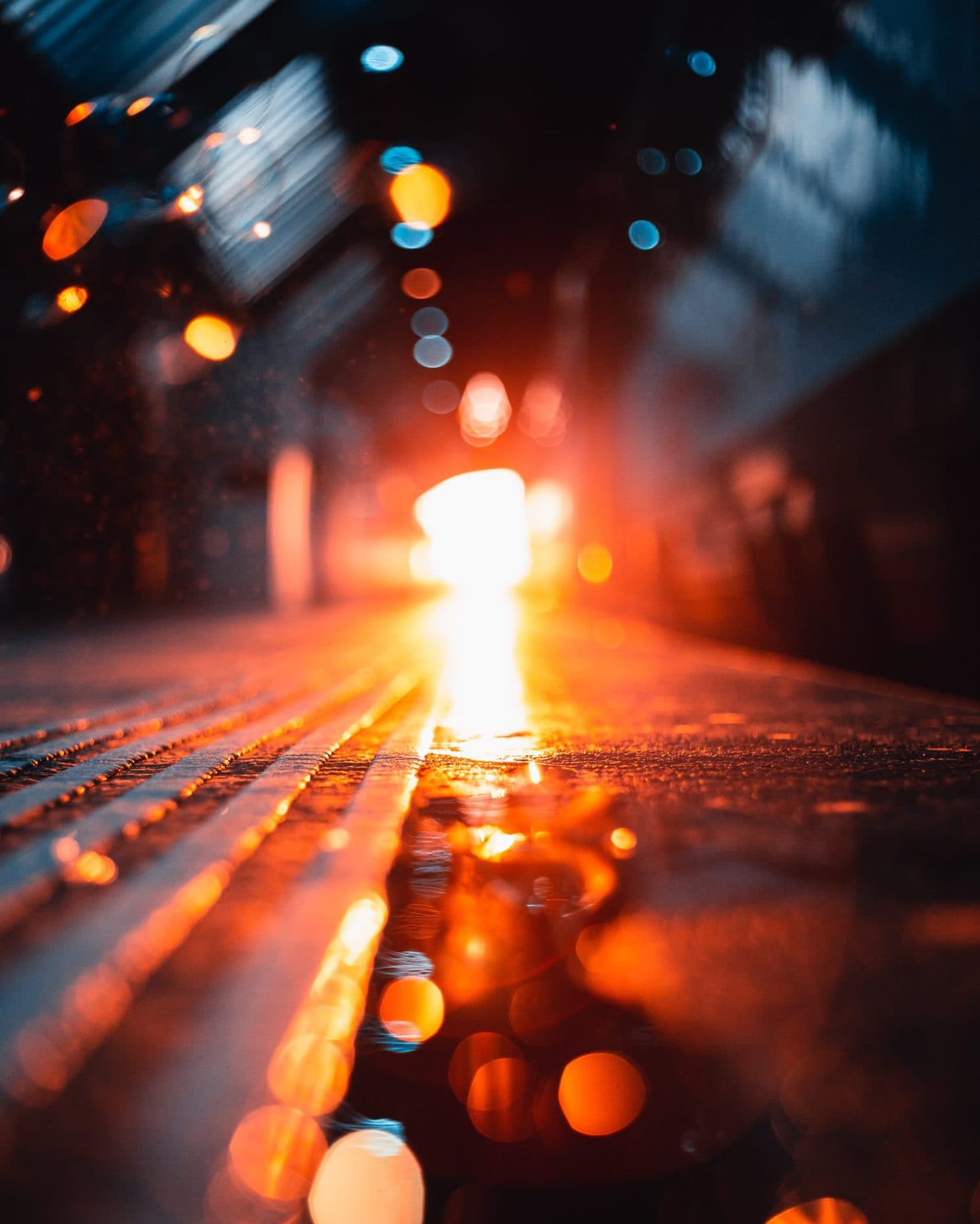color temperature is something that we become aware of mainly when we enter the world of photography or cinema.
It is true that, as human beings, we are capable of intuiting that there are different shades in the lights, especially those that are very marked, such as the warm light of sunrises and sunsets .
However, our vision continually adapts and corrects those shades that the different lights that surround us have, without hardly realizing it. That is, if there is something white, our brain tells us that it is white and we perceive it as white, even though it may, in fact, be reflecting light of a specific hue.
Our sensors, for the moment, are not capable of correcting by themselves the colors of the different lights. That is why, although many times you see the image with a white tone and suitable colors, the sensors respond with an image with a dominant that is not always to your liking.
Today we will talk about color temperature, but I recommend that you delve into the subject of lighting in photography in this very complete article in which we compile all the essential information.
WHAT IS COLOR TEMPERATURE?
Without going into complex definitions, in wavelengths, luminous spectra in black bodies and a long etcetera of concepts related to color temperature, I would like to define color temperature in a simple way, let's see if I can do it ? .
Color temperature is the hue of different light sources. That is to say, although we do not perceive it with the naked eye because our eyes have the ability to correct those dominant tones, the different lights contain different tones (colors).
If you look closely at the following three images, you will be able to see three types of color temperatures. The first neutral, the second balanced towards cold tones, and the third towards warm tones.

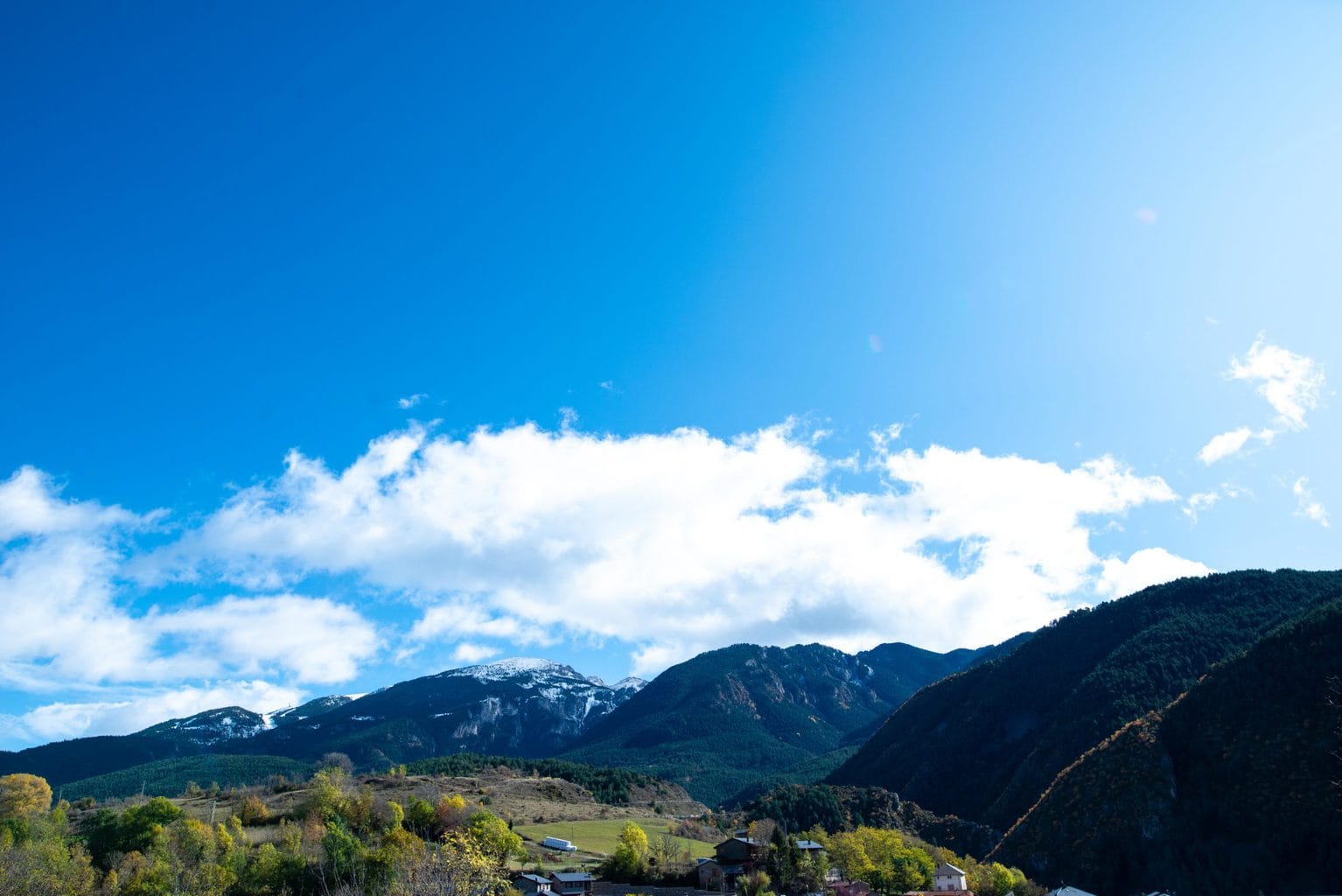
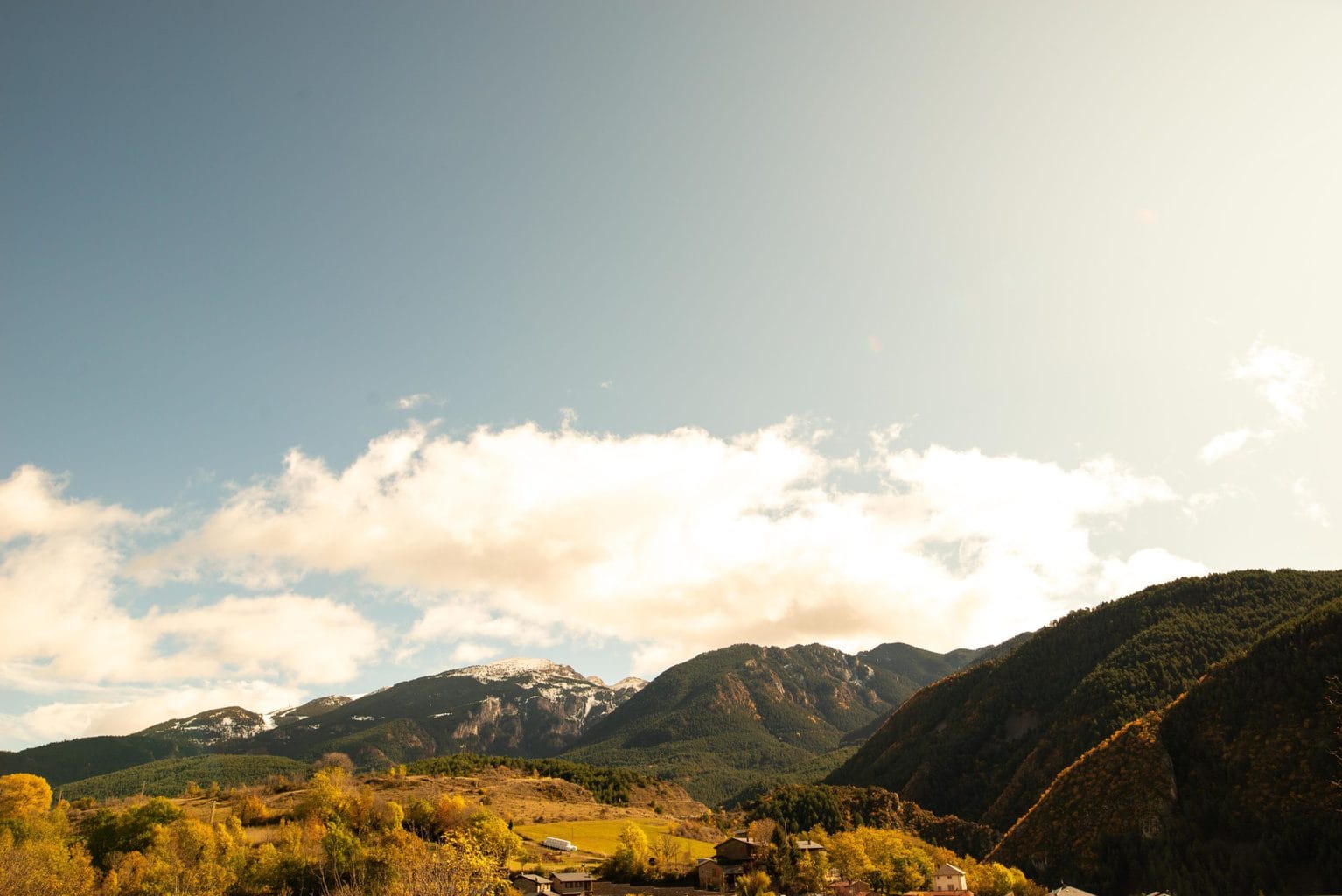
Color temperature is measured in degrees Kelvin (K), the higher the value, the cooler the light, and the lower, the warmer. White light is considered to be above 5,500K, which is the light of the flash or the central hours of the day.
Everything that goes beyond the approximate value of 5,500 to 6,000K will have a specific hue that will be cold or warm depending on the type of light.
The warm tones of the light correspond to sunrises and sunsets and most indoor lights. Instead, the cooler lights correspond to shadows, cloudy days, LCD screens, or the well-known blue hour .
Here are some examples of the most common different types of lights and their color temperature:
- 1700 K: Light of a match
- 1850K: candle light
- 2700–3300 K: Incandescent or tungsten light (conventional household lighting)
- 4100–4150K: Moonlight
- 5000K: Fluorescent Light
- 5500–6000 K: Daylight, electronic flash
- 6500 K: Daylight, cloudy
- 6500–10500 K: Television screen (LCD or CRT)
- 28000–30000K: Lightning
Now, does this mean that we have to resign ourselves to the type of lighting that we have in front of us? Should we resign ourselves to those orange portraits that we get inside our own home?
The answer is no. Here is the answer to your prayers :).
WHAT IS WHITE BALANCE?
The white balance is the way our cameras have to compensate for those dominant tonalities of the different types of light.
And for this, what the white balance does is compensate the tonality of the light it receives, adding its opposite.
Too farfetched? So imagine that you have made a soup and that you want to get it to a warm temperature. If it was cold you would add hot soup, and if it was hot you would add cold soup.
The white balance does the same to achieve a neutral light. If the light is cold, it adds warmth. If it is warm, it adds cold. That easy ?
You have a complete article on white balance here.
WHAT IS RAW MODE AND WHAT DOES IT HAVE TO DO WITH COLOR TEMPERATURE?
This is the format in which we usually recommend that you work, because it is the one that offers us images with the greatest amount of information. The RAW image is processed "raw" by the camera, that is, the camera does not apply any type of built-in default adjustment as it does in other formats such as JPEG.
If you work with JPEG files, the camera decides certain settings for itself (which does not mean that you can't like the result). It's like editing an image without the ability to go back once you've done it. Edit over edited… have you ever tried it? Well that.
On the other hand, with the RAW format, there is no type of adjustment beyond what you decide to give it in subsequent processing, which means that you arrive at the edition with 100% possibilities, with which you can modify the color temperature to your liking and without obstacles.
CORRECT COLOR TEMPERATURE IN EDITING
The color white is not only the sum of all the wavelengths , but it is also the color that reflects them, but luckily we can correct that in all editing programs ? .
You should be aware that as long as white is balanced, that is, that it is really white, the rest of the colors will also be balanced.
Typically, you'll find the settings labeled Temperature . In Lightroom it appears within the basic settings:
Although, as I said, I think that in most editors, if not all, you will find this option :).
GALLERY
If the saying "a picture is worth a thousand words" applies to others, it is even more so for photography lovers, don't you think? ;).
I leave you with two galleries, the first based on cool color temperatures and the second on warm color temperatures. Observe what sensations one transmits to you and the other. So you can see what you can get by squeezing the color temperature of the lights around you :).
COOL LIGHTS GALLERY

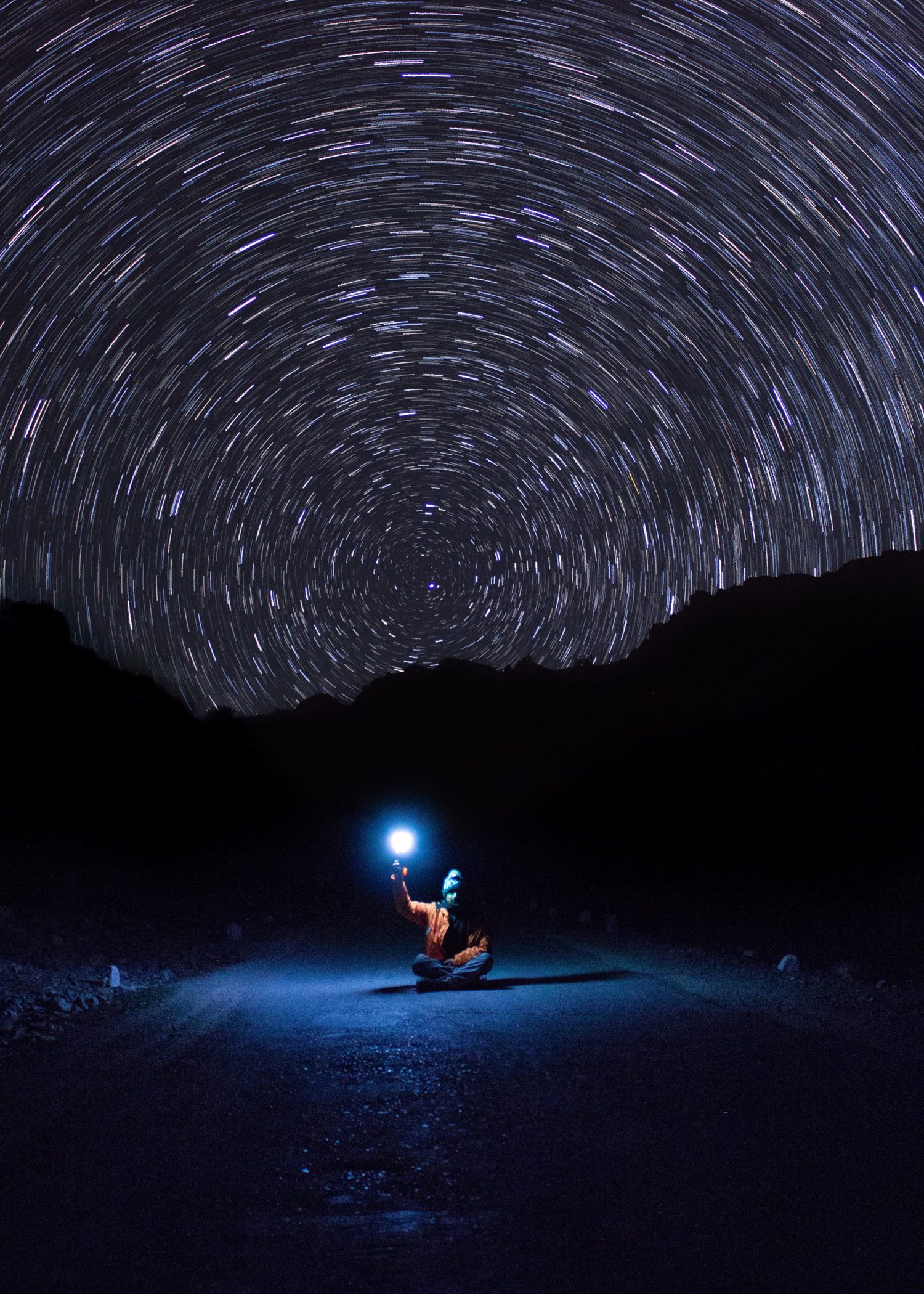
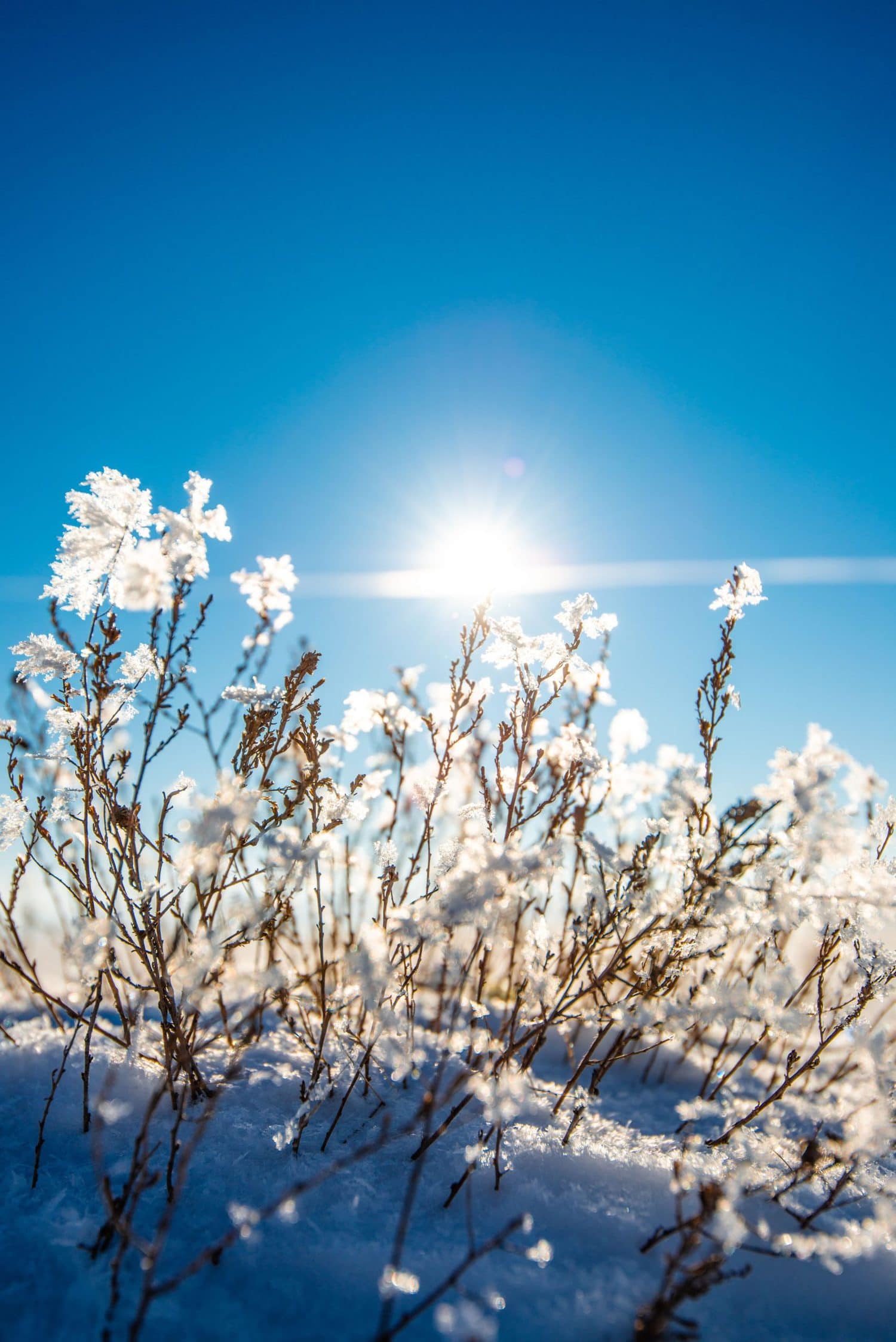
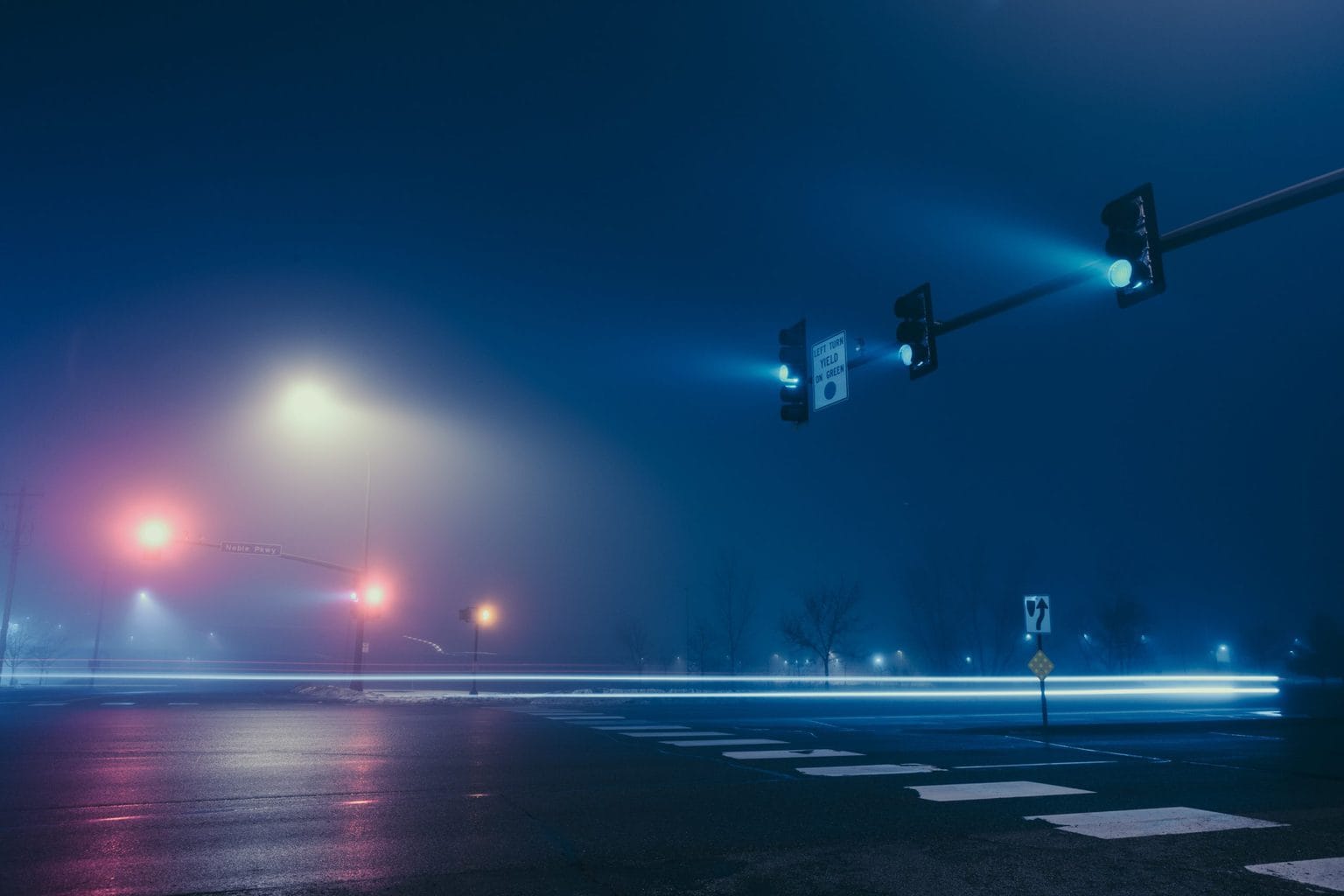

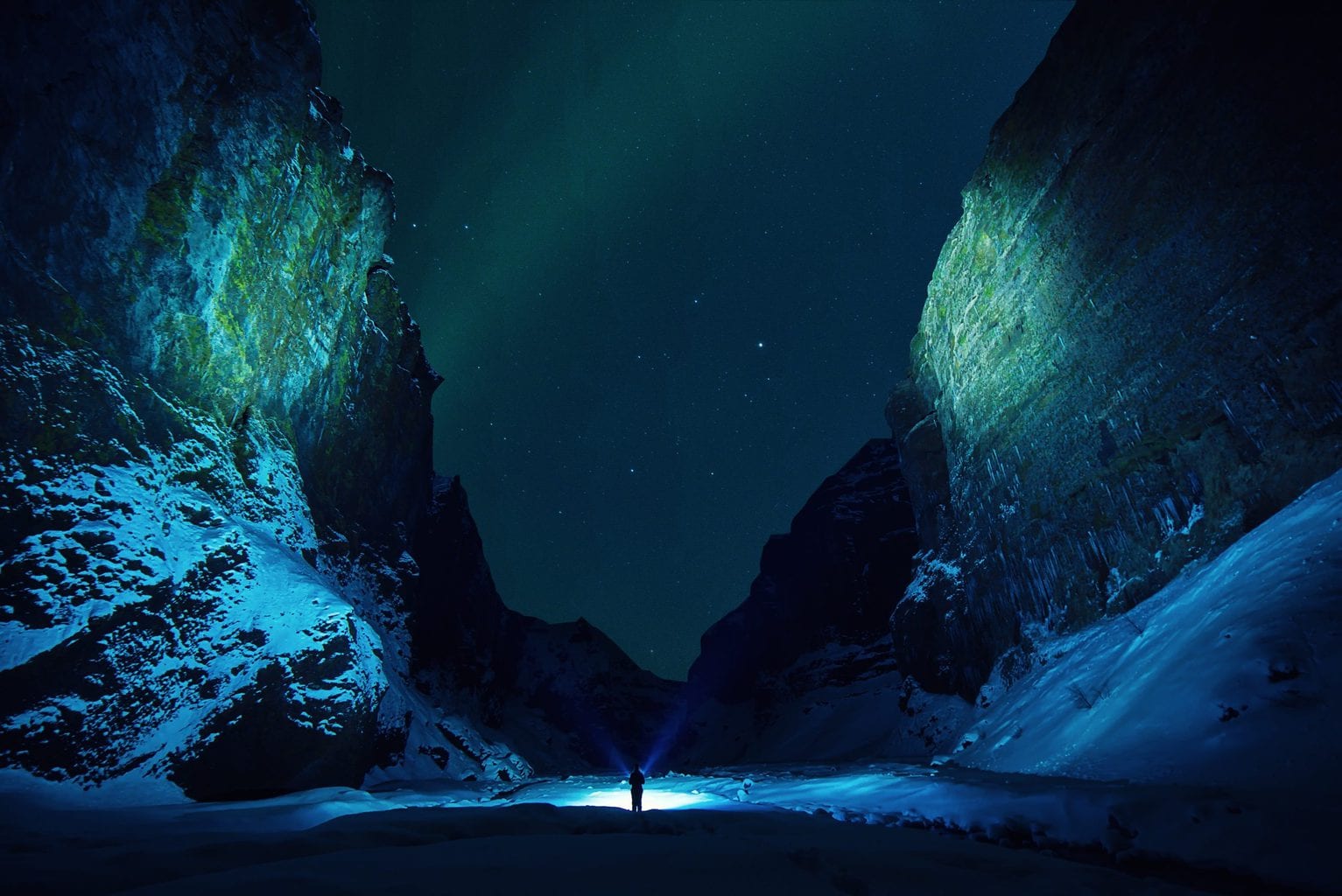
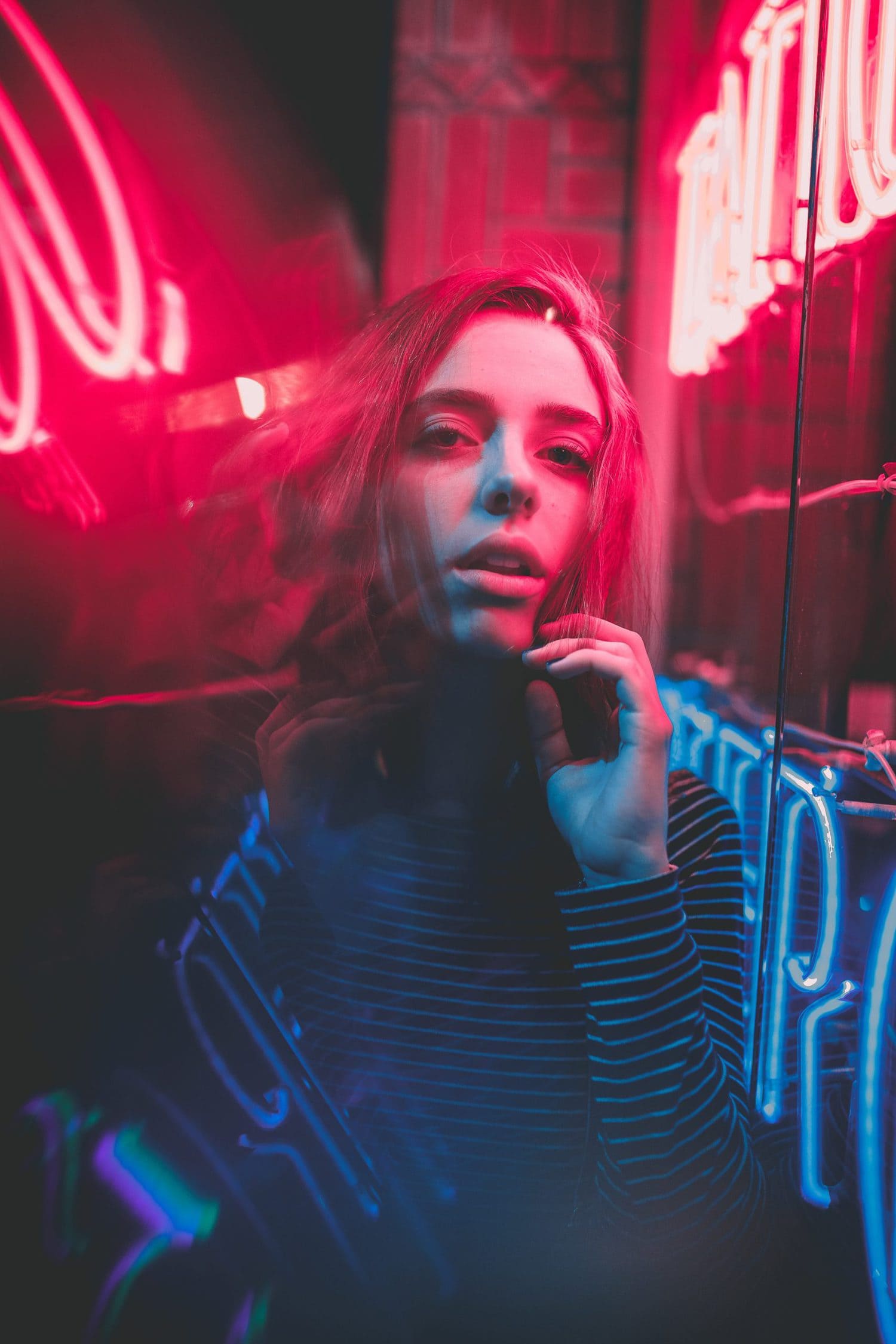


WARM LIGHTS GALLERY
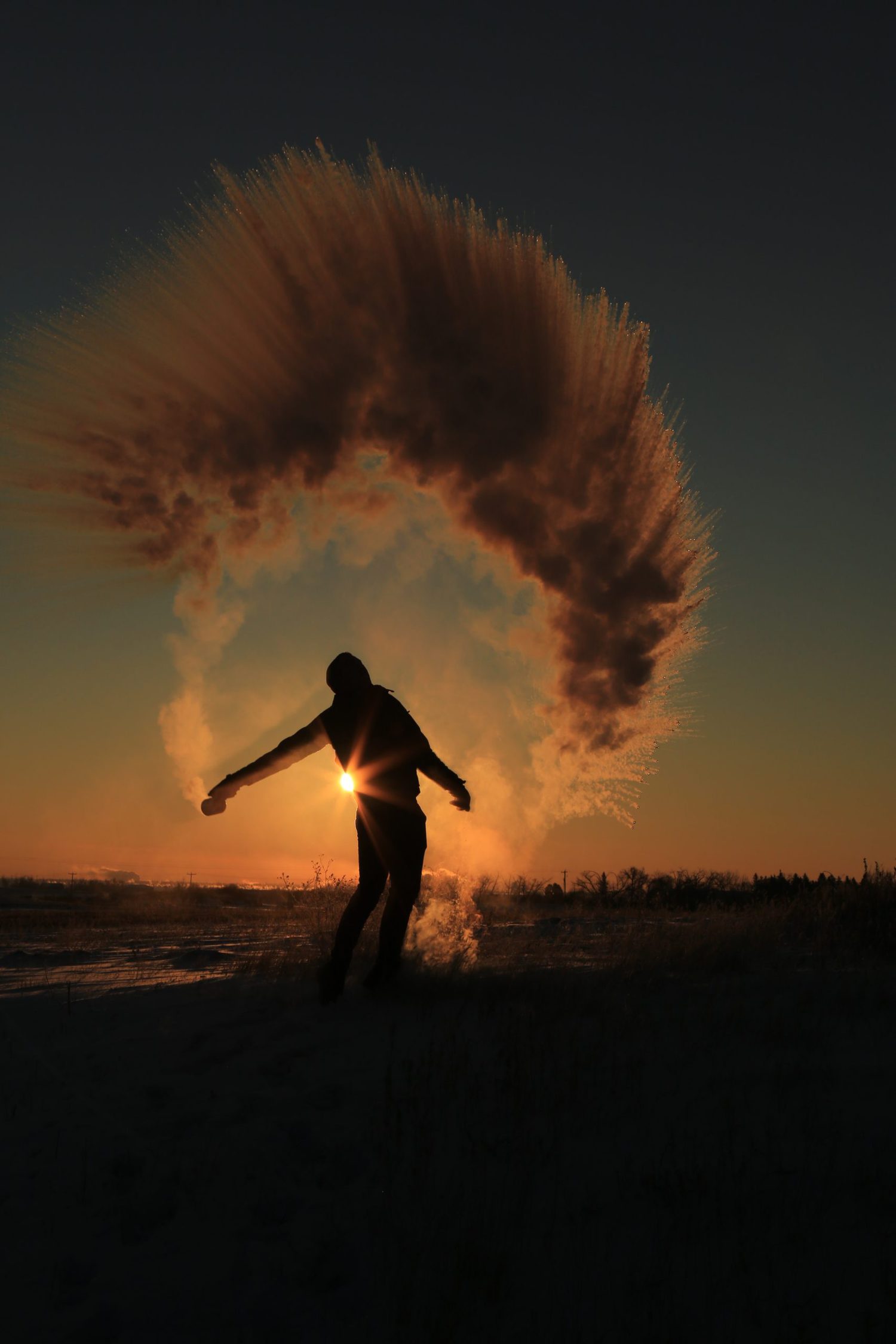
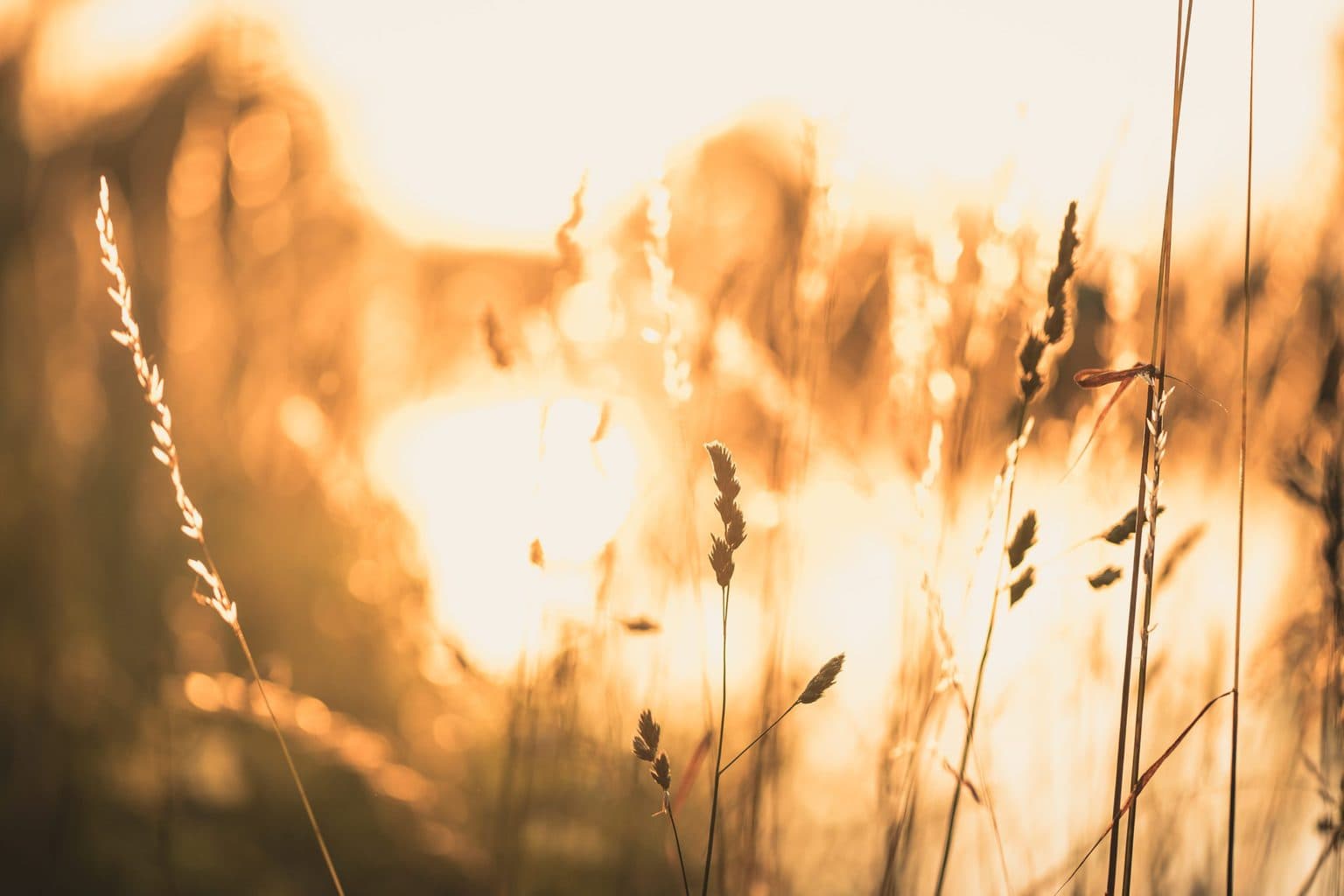
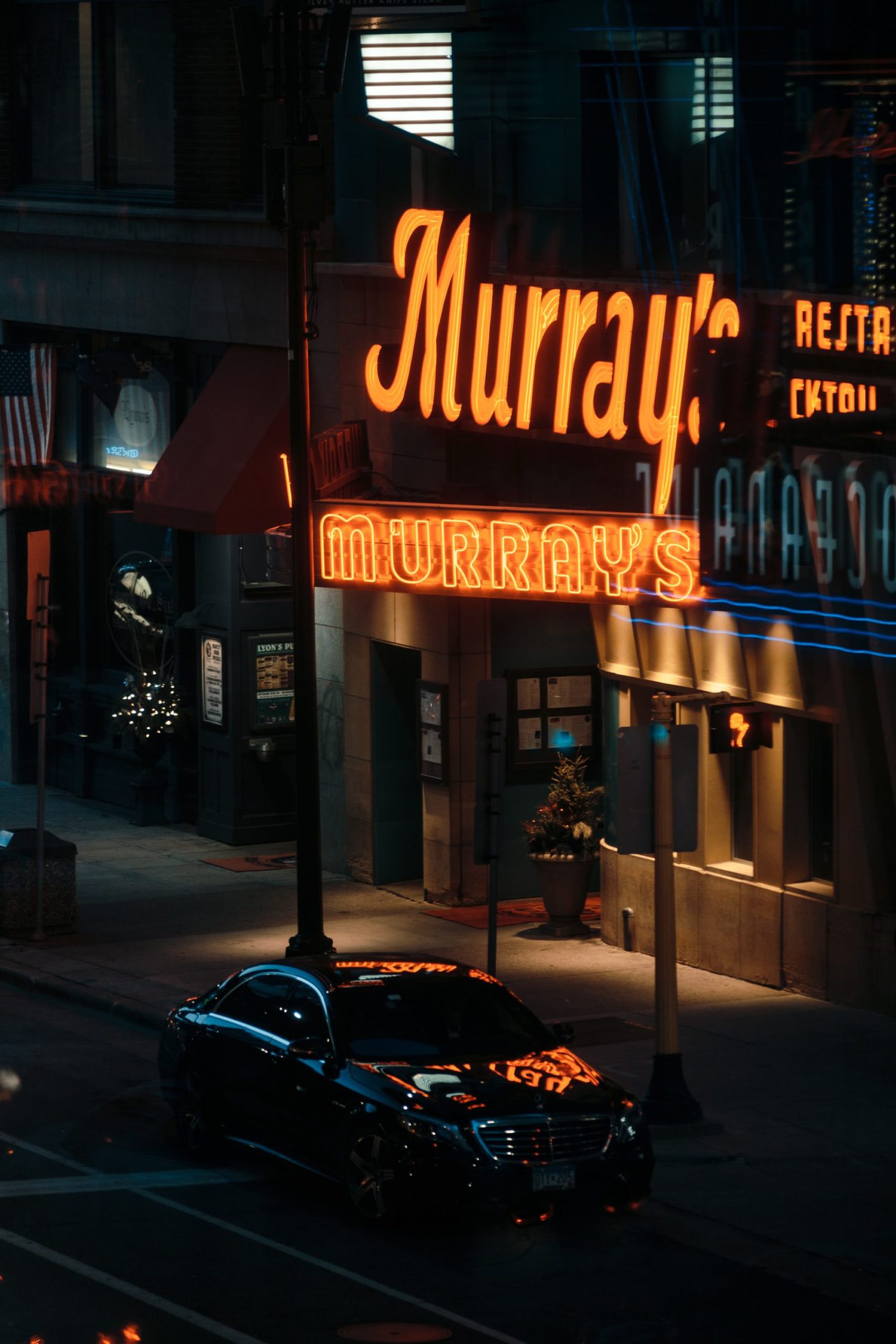
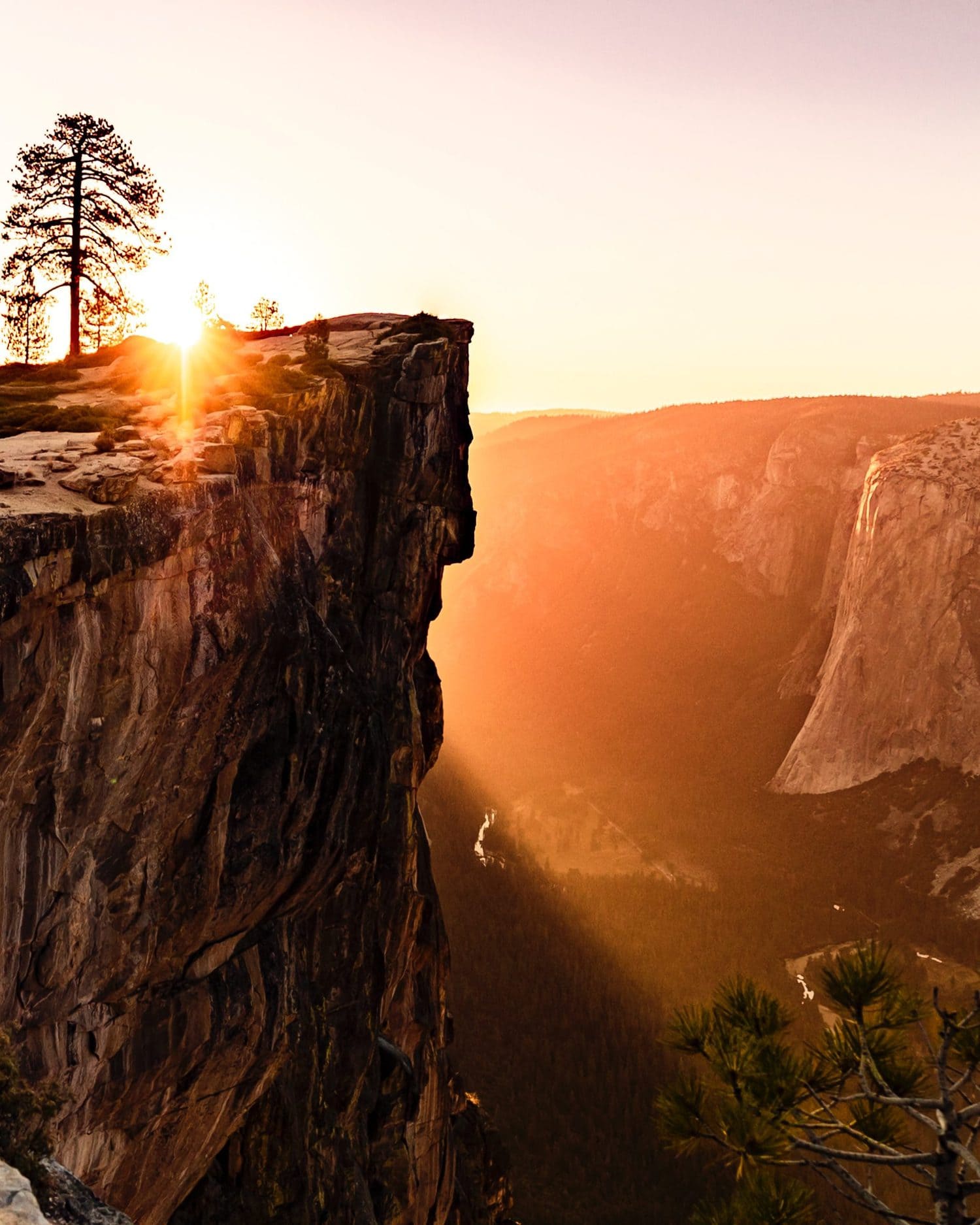
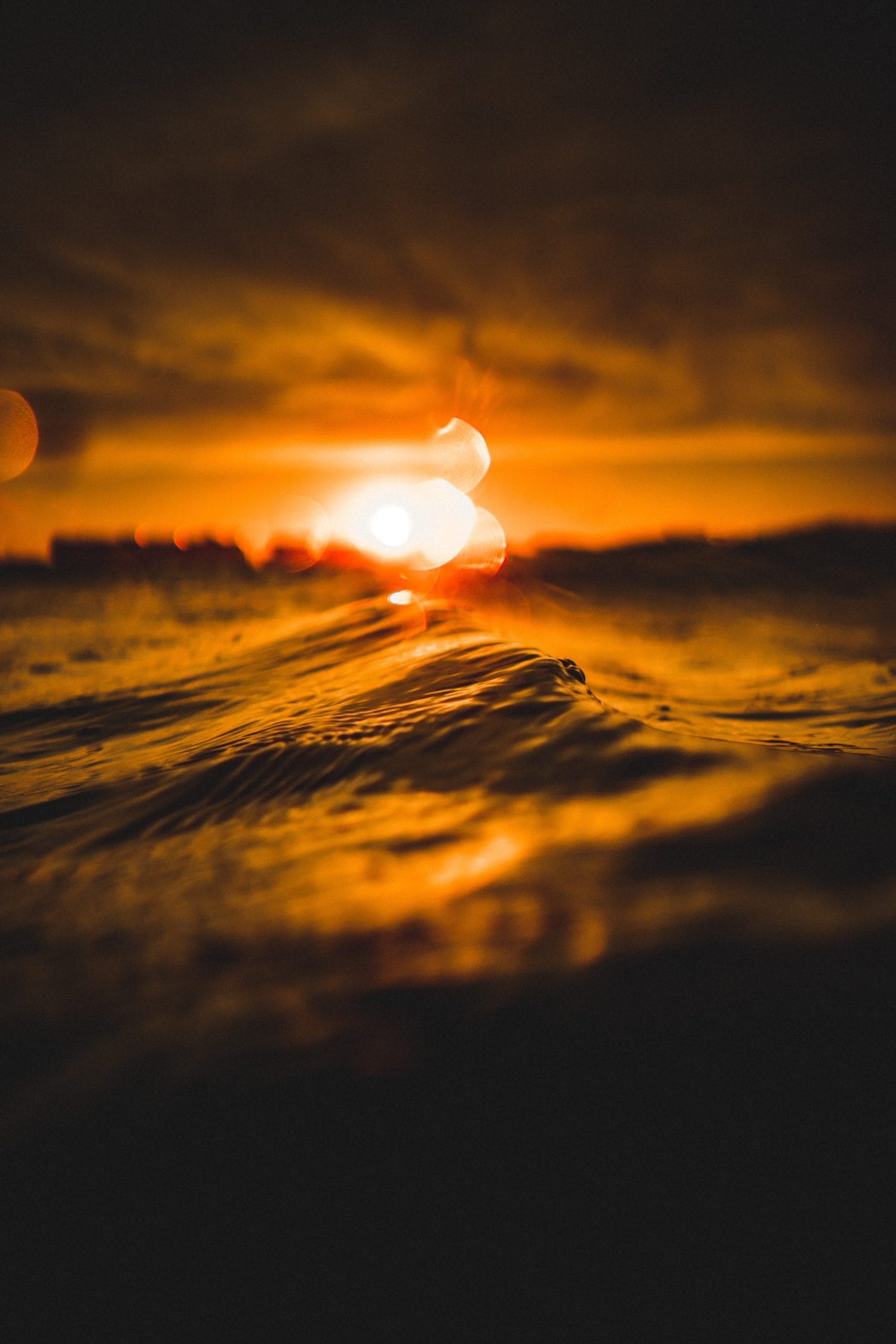
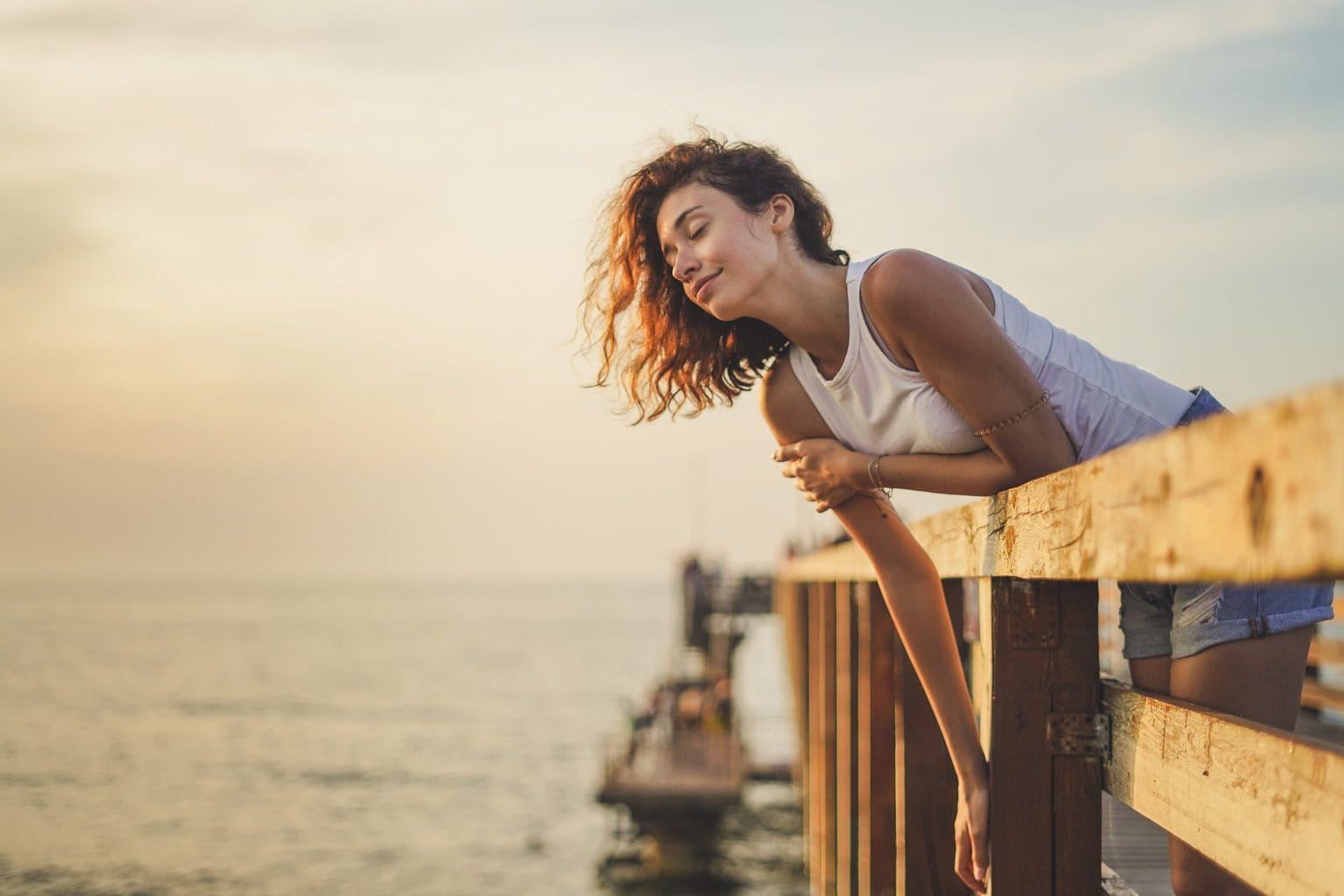
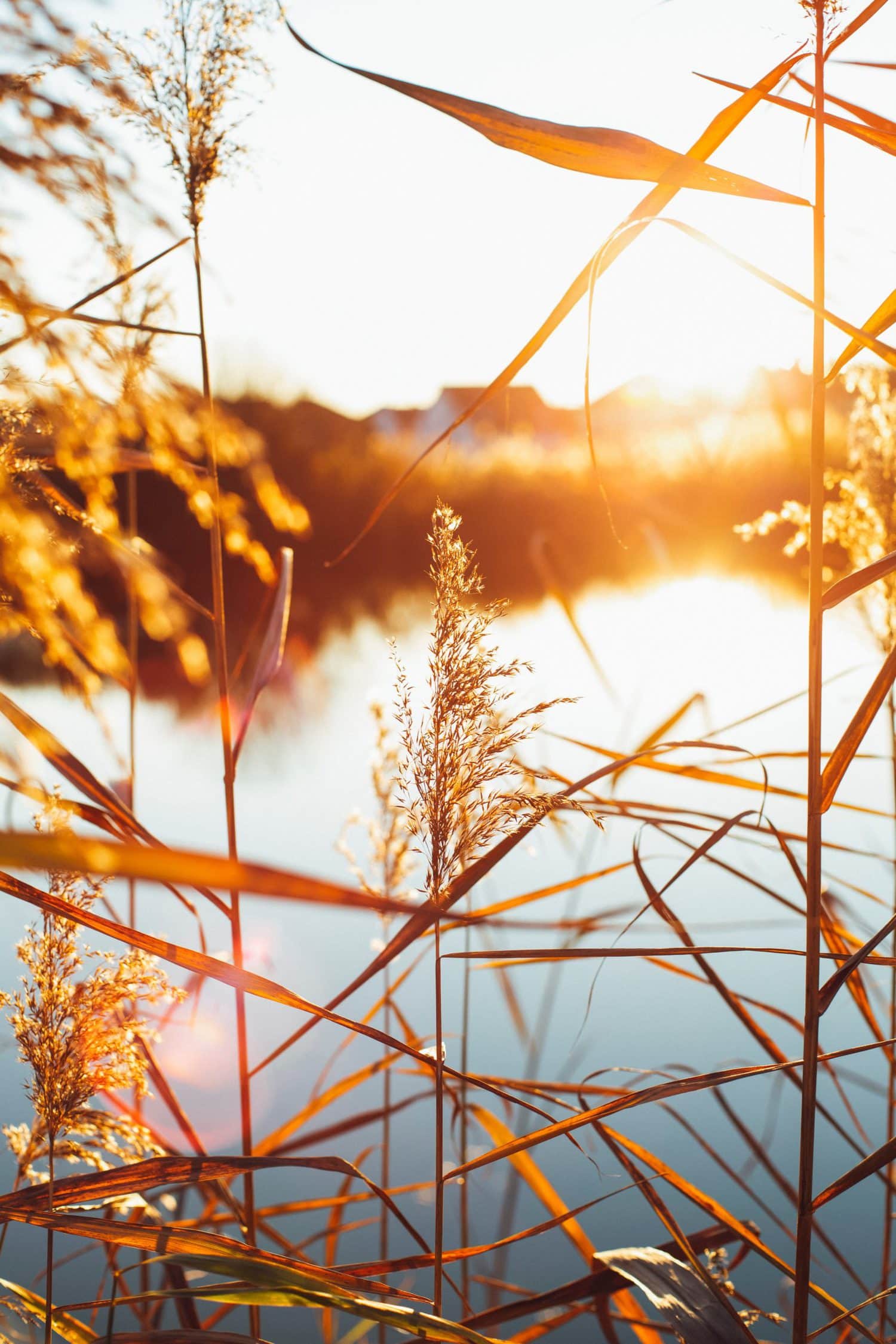

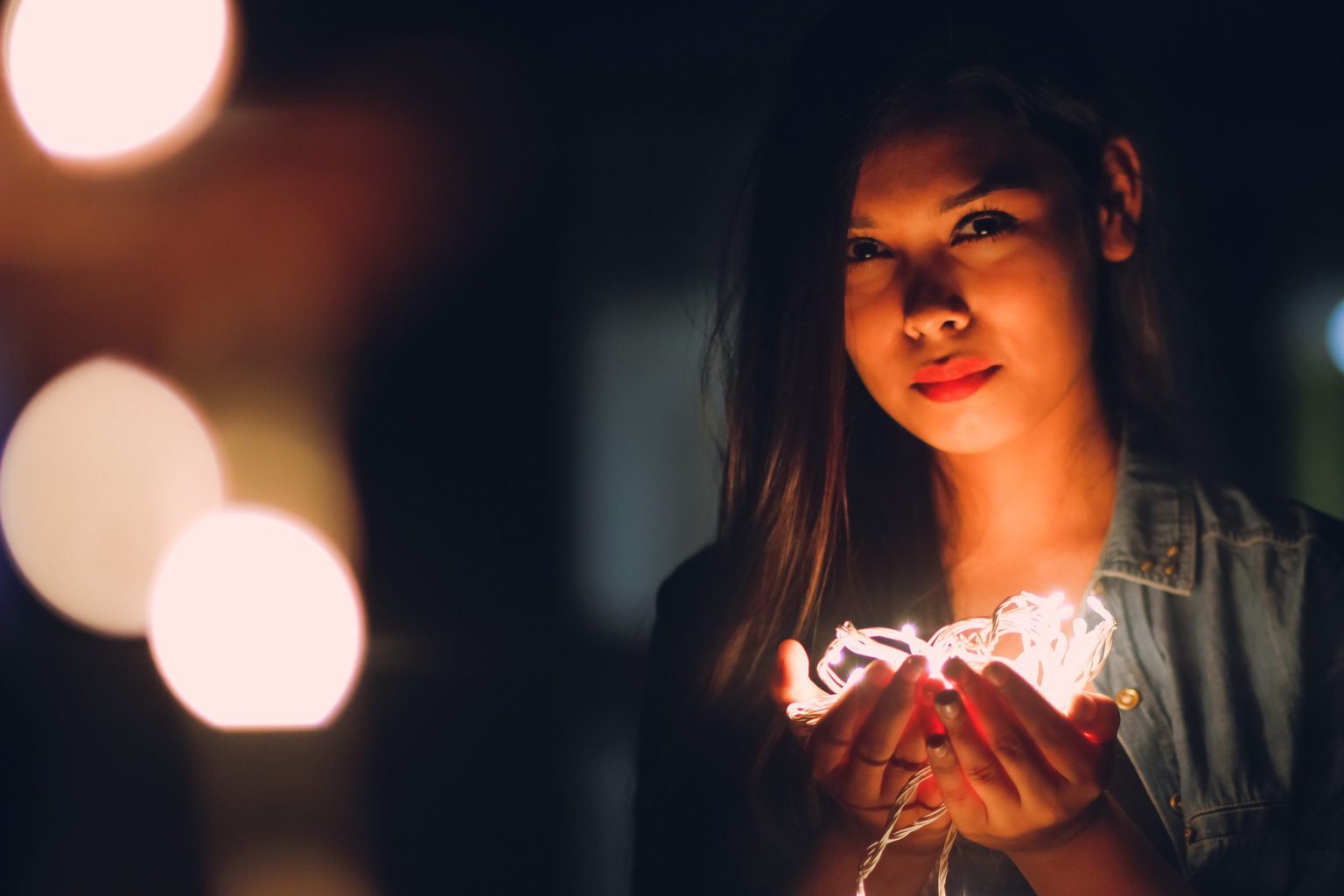
CONCLUSIONS
Color temperature can be a great ally in your images as long as you know how to play with it, that is, how to correct it or how not to.
Because it can enhance the creativity of your gaze and the originality of your images, or help you achieve balanced images. I think it is demonstrated in the two previous galleries, right?
To start, I recommend that you practice with homogeneous sources, that is, with lights that produce only a certain type of light, so that you can see how to correct or emphasize them in a simple way.
Later you can dare with several light sources of different types. A good opportunity to start is the blue hour in cities, where the sky is blue but at the same time you have the warm lights of the streetlights on.

